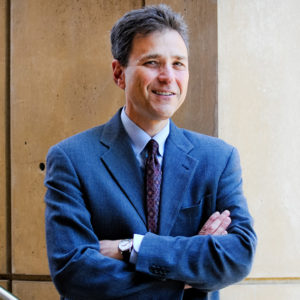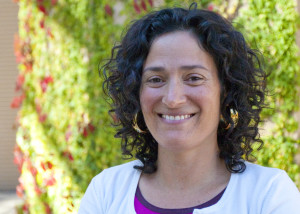The way forward after black men are shot dead

The relentless drumbeat of black men shot dead by police continues, leaving community after community anguished, angry and seeking justice. The protests this month over the killings of Carnell Snell Jr. in Los Angeles and Alfred Olango in El Cajon, Calif., underscore once again the desperate need to assure all Americans that the criminal-justice system values their lives and is committed to ridding itself of racial bias. Providing that assurance will require reforms not just in policing but in prosecution as well. It is especially imperative to rethink the way that fatal shootings by police officers are investigated and prosecuted.
Police officers who kill civilians rarely face criminal charges. About 1,000 civilians are killed by police each year, but since 2005 only 77 officers have been charged with manslaughter or murder in connection with those deaths. And criminal investigations in these cases usually drag on for months or years before the community and the victims’ family members know whether charges will be filed.
Most police shootings are not crimes, even if they reflect bad policies and deficient training. But some are, in fact, crimes. The delay, and the lack of transparency, in resolving these cases can take a serious toll on the legitimacy and credibility of the criminal-justice system. And when, as usually happens, no criminal charges are filed, questions are often raised about whether the local prosecutors, who work hand in hand with police, were biased.
A new report from the Stanford Criminal Justice Center recommends ways to improve the criminal investigation and prosecution of police shootings. The recommendations aim to balance three goals: protecting the independence of prosecutorial decisions, providing accountability for those decisions and ensuring that the prosecutors and investigators working on these cases have the requisite expertise.
These goals are often in tension. Making prosecutors more accountable, for example, can undermine their ability to exercise independent judgment. Officials outside the criminal-justice system often will have fewer conflicts of interest but typically will lack the skills and experience necessary to handle a complicated criminal case. Taking these difficult trade-offs into account, our report recommends changes both in the investigation and in the prosecution of fatal police shootings.

First, except when absolutely necessary, a criminal investigation should not be led by the agency employing the officer involved in the incident. Such probes — which involve securing the crime scene, collecting and testing physical evidence and interviewing witnesses — often are conducted by the very agency employing the officer under investigation, giving rise to insuperable and unnecessary conflicts of interest. It is difficult to investigate one’s own colleagues.
Even when complete objectivity is possible, the appearance of bias undermines the public trust in police and public perceptions of fairness. That is why the Justice Department and President Obama’s Task Force on 21st Century Policing both have warned that self-policing by a law-enforcement agency should be avoided.
Rather than the employing agency, state-level officials or a neighboring law-enforcement agency unconnected to the shooting should lead the investigation. In Wisconsin, a new state law requires that at least two independent investigators conduct the investigation of any officer-involved death. This approach, while only a few years old, seems to be working and enjoys support of both law enforcement and community advocates.
Second, steps should be taken to address the real or apparent conflicts of interest faced by the local district attorney in deciding whether to file criminal charges. County prosecutors work closely with local law-enforcement agencies: Police bring them their cases, carry out investigations and serve as witnesses at trial. When those same prosecutors decide whether to charge a police shooting as a criminal homicide, it can be difficult for the community to have confidence that the decision is made impartially — especially when, as usually happens, the decision is not to file charges.
One possible solution to real or perceived conflict of interest is to appoint an independent prosecutor, but that can undermine both the competence and the political accountability of the charging decision. A better solution would be to task another county’s district attorney, or the state’s attorney general, with overseeing the investigation and making at least an initial determination whether charges are warranted. That determination could be reported publicly, in the form of a recommendation to the local district attorney, who could make the final decision whether to prosecute. The sharing of responsibilities would address the conflict of interest but allow the district attorney, democratically chosen by the voters of the county, to make the ultimate decision.
The problem of police shootings will not be solved solely, or even mainly, by criminal prosecutions. More efforts are needed to reduce the number of police shootings through improved tactics and training. But when police shootings do occur, it is critical to ensure that the criminal investigations and charging decisions are handled in ways that not only are fair but also are perceived to be fair, both by police officers and by the community.
David A. Sklansky is the Stanley Morrison Professor of Law and Faculty Co-Directory of the Stanford Criminal Justice Center. Debbie Mukamal is executive director of the Stanford Criminal Justice Center at Stanford Law School.
This op-ed was originally posted by the Washington Post on October 19, 2016.
